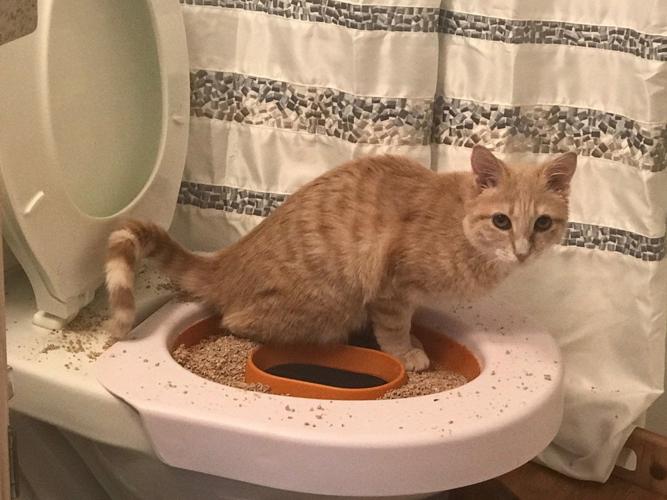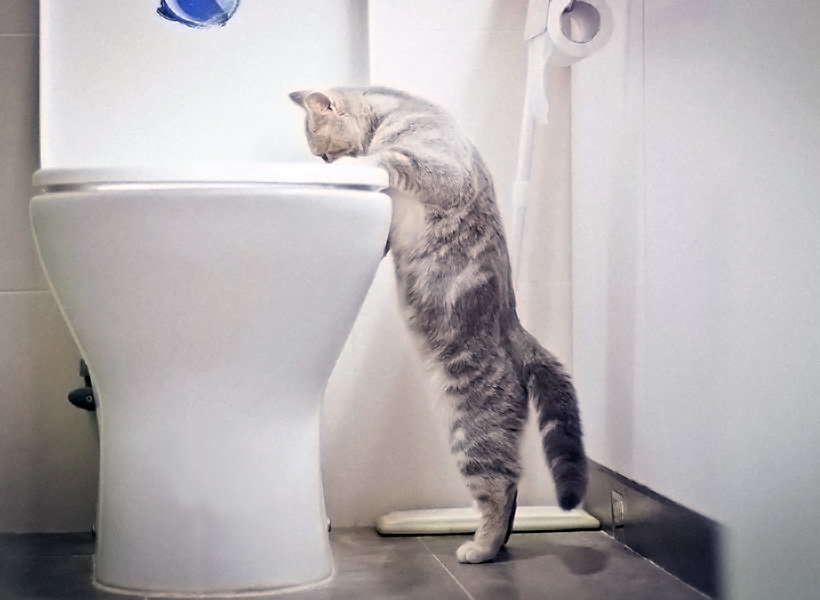Crucial Aspects Regarding Flushing Animal Waste Down the Toilet
Schedule Your Job NowIn this article below you can find lots of sensible help and advice when it comes to Don't Flush Your Pets Poo Down The Loo, Vet Warns.

When it pertains to getting rid of waste, specifically animal waste, lots of people usually resort to the practical option of flushing it down the bathroom. Nevertheless, this seemingly easy service can have major consequences for the setting and public health. In this post, we'll discover why flushing animal waste down the bathroom is a bad idea and offer different approaches for appropriate disposal.
Introduction
Proper waste disposal is vital for preserving ecological sustainability and public health. While it may seem safe to purge animal waste down the bathroom, it can cause various issues, both for the setting and human well-being.
Risks of flushing animal waste
Environmental effect
Flushing animal waste introduces dangerous microorganisms and microorganisms right into rivers, which can negatively affect marine ecosystems. These virus can contaminate water sources and harm marine life, interrupting fragile ecological communities.
Public health problems
Pet waste consists of unsafe microorganisms such as E. coli and Salmonella, which can present significant health threats to human beings. Flushing animal waste down the bathroom can infect water products, causing the spread of diseases and infections.
Alternatives to flushing
Instead of flushing pet waste down the bathroom, there are numerous different disposal methods that are more environmentally friendly and sanitary.
Composting
Composting animal waste is an eco-friendly means to take care of it. By composting, organic matter is broken down right into nutrient-rich dirt, which can be used to feed yards and plants.
Landfill disposal
Taking care of pet waste in a landfill is one more choice. While not as environmentally friendly as composting, it is a more secure alternative to flushing, as it avoids the contamination of water resources.
Family pet garbage disposal systems
There are specific family pet waste disposal systems readily available that safely and hygienically get rid of pet waste. These systems frequently utilize enzymes to break down waste and eliminate odors.
Actions to correct pet garbage disposal
To make certain proper disposal of animal waste, adhere to these actions:
Scooping and getting waste
Routinely scoop and bag pet waste utilizing naturally degradable bags. This prevents waste from contaminating the environment.
Making use of designated waste bins
Dispose of bagged pet waste in assigned waste bins, such as compost bins or garbage dump containers. Prevent flushing it down the bathroom whatsoever prices.
Cleaning up can and animal areas on a regular basis
On a regular basis tidy litter boxes and family pet areas to avoid the build-up of waste and bacteria. Use pet-safe cleansing products to preserve health.
Advantages of correct disposal approaches
Taking on appropriate disposal techniques for pet waste provides several advantages:
Decreased environmental pollution
Appropriate disposal methods reduce the risk of more info environmental pollution, safeguarding waterways and communities from contamination
Decreased threat of water contamination.
By preventing flushing pet waste down the commode, the threat of water contamination is dramatically decreased, safeguarding public health.
Boosted hygiene and hygiene
Appropriate disposal approaches advertise far better sanitation and hygiene, creating a more secure atmosphere for both human beings and pets.
Conclusion
To conclude, purging animal waste down the commode is hazardous to the setting and public health. By embracing alternative disposal approaches and following correct waste administration methods, we can minimize the negative influence of animal waste and add to a cleaner, much healthier world.
What To Do With Dog Poo – The Do's And Don'ts Of Disposing Of Faeces
Dog poo bins
Some councils provide dedicated dog waste bins in popular dog-walking areas that can take dog poo that has been bagged but you can legally dispose of dog waste in any public litter bin, as long as it is securely bagged. This also applies to your wheelie bin at home.
Do not flush
Water companies do not recommend flushing dog faeces down the toilet because certain parasites can survive the water processing treatment and are potentially harmful to humans. You should also never consider flushing dog poo that has been bagged down the toilet as the bags will not break down and instead create severe blockages in the sewage system.
In the woods
The Forestry Commission promotes a ‘stick and flick’ method for dealing with waste in the woods. This means finding a stick and using it to flick any poo from off the path so that it is out of the way of other walkers. You could also bury it as long as it is not in an area where there might be livestock.
Livestock
Parasites found in dog poo can be transmitted to livestock if they inadvertently eat infected faeces that has been left on grazing land. This could result in the death of sheep or abortion in cattle so you should always make sure you pick up your dog’s waste in fields where livestock could be present.

On a regular basis tidy litter boxes and family pet areas to avoid the build-up of waste and bacteria. Use pet-safe cleansing products to preserve health.
Advantages of correct disposal approaches
Taking on appropriate disposal techniques for pet waste provides several advantages:
Decreased environmental pollution
Appropriate disposal methods reduce the risk of more info environmental pollution, safeguarding waterways and communities from contamination
Decreased threat of water contamination.
By preventing flushing pet waste down the commode, the threat of water contamination is dramatically decreased, safeguarding public health.
Boosted hygiene and hygiene
Appropriate disposal approaches advertise far better sanitation and hygiene, creating a more secure atmosphere for both human beings and pets.
Conclusion
To conclude, purging animal waste down the commode is hazardous to the setting and public health. By embracing alternative disposal approaches and following correct waste administration methods, we can minimize the negative influence of animal waste and add to a cleaner, much healthier world.
What To Do With Dog Poo – The Do's And Don'ts Of Disposing Of Faeces
Dog poo bins
Some councils provide dedicated dog waste bins in popular dog-walking areas that can take dog poo that has been bagged but you can legally dispose of dog waste in any public litter bin, as long as it is securely bagged. This also applies to your wheelie bin at home.
Do not flush
Water companies do not recommend flushing dog faeces down the toilet because certain parasites can survive the water processing treatment and are potentially harmful to humans. You should also never consider flushing dog poo that has been bagged down the toilet as the bags will not break down and instead create severe blockages in the sewage system.
In the woods
The Forestry Commission promotes a ‘stick and flick’ method for dealing with waste in the woods. This means finding a stick and using it to flick any poo from off the path so that it is out of the way of other walkers. You could also bury it as long as it is not in an area where there might be livestock.
Livestock
Parasites found in dog poo can be transmitted to livestock if they inadvertently eat infected faeces that has been left on grazing land. This could result in the death of sheep or abortion in cattle so you should always make sure you pick up your dog’s waste in fields where livestock could be present.

We are very occupied with Why you should never flush dog poop down the toilet and I'm hoping you liked the new blog posting. For those who enjoyed our blog entry please remember to share it. Thank you so much for taking the time to read it.
Booking